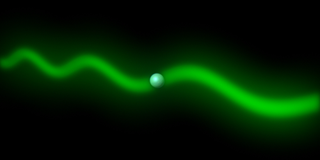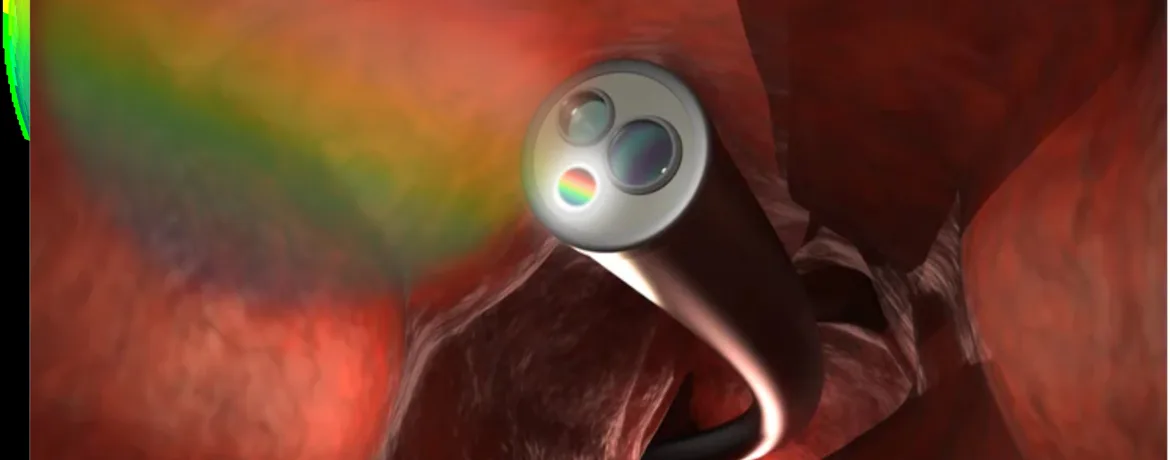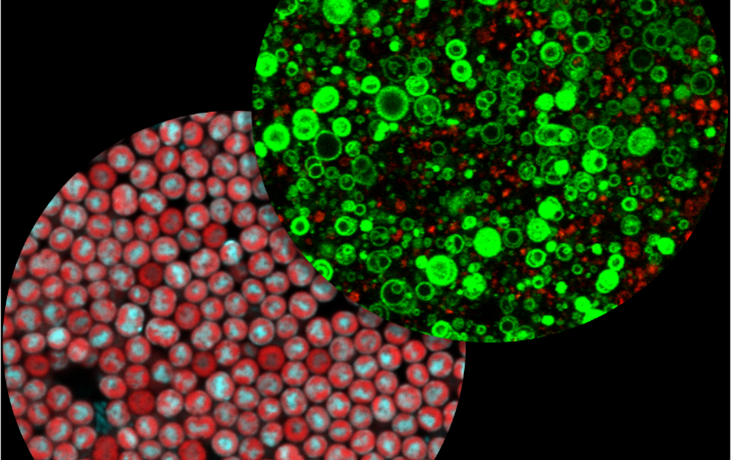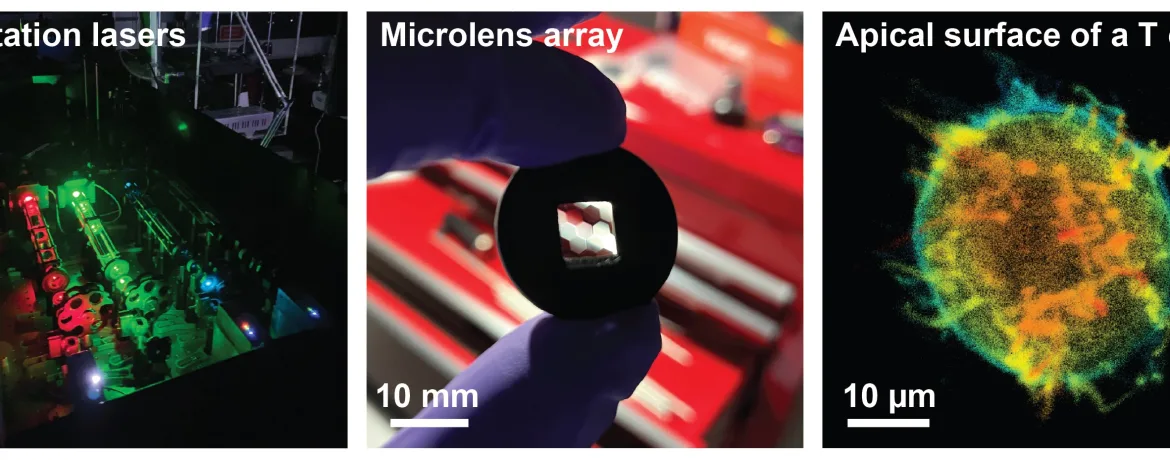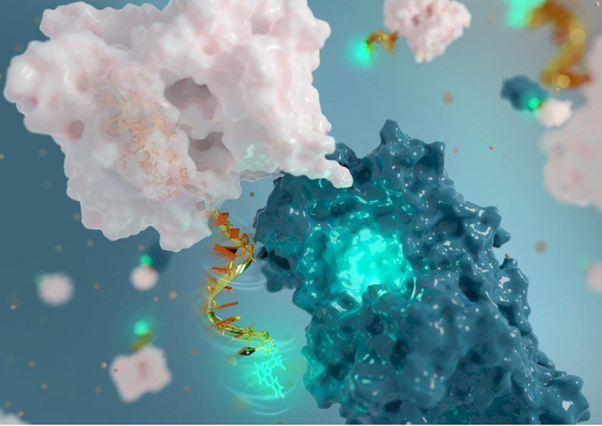
Solar batteries – Catching sunlight in a jar
In 1752, Benjamin Franklin attempted to catch lightning in a bottle with a kite, a key, and a Leyden jar. Whilst it wasn’t his purpose with these experiments, he would have been able to experience first-hand the difficulties in storing electrical energy in a jar. 270 years later, and researchers are attempting a similar but […]



